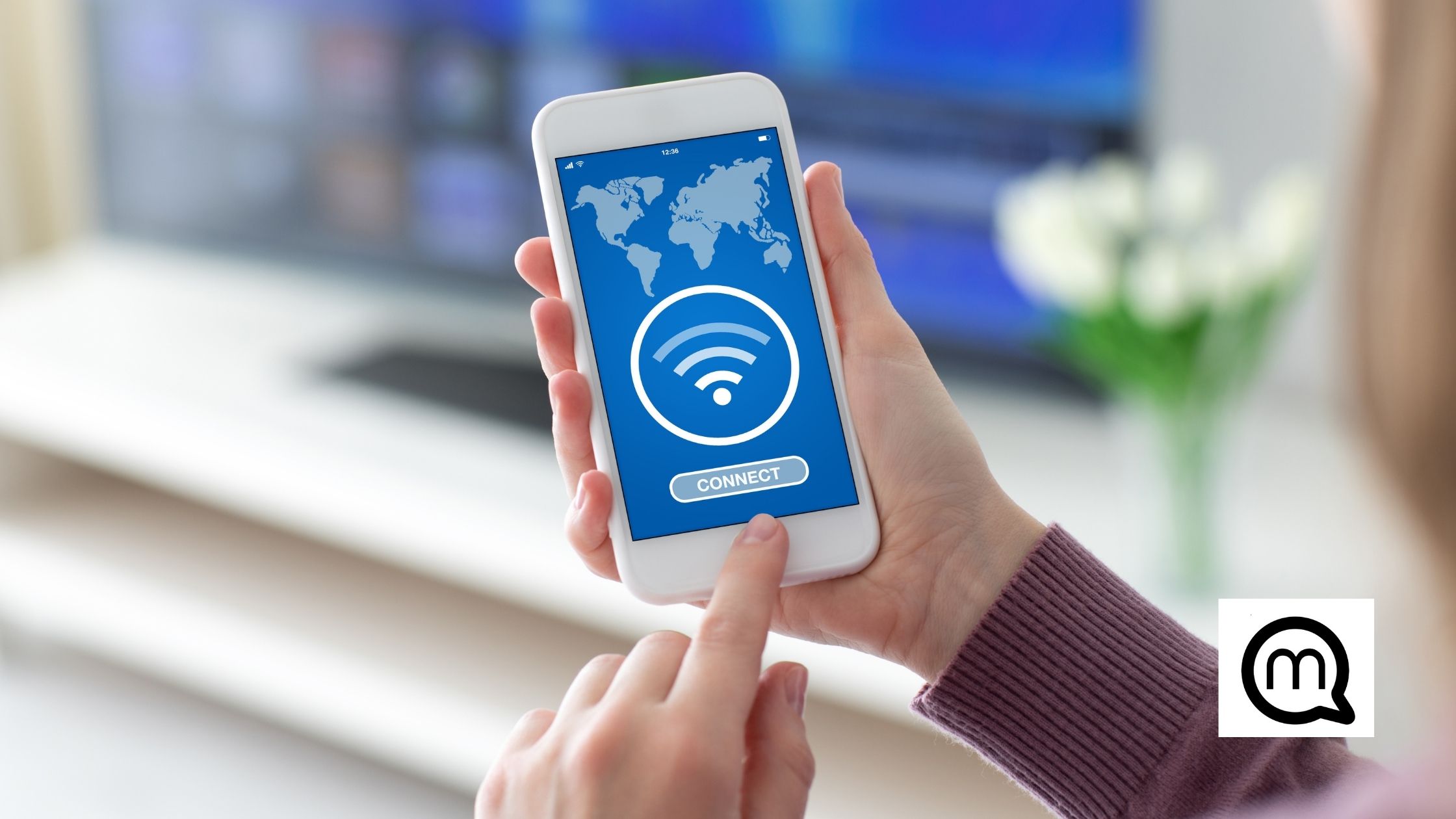5 Ways to Secure Your WiFi Network
When considering all the steps you can take to keep your home or workplace safe, securing your WiFi network is one essential that sometimes gets missed off the checklist. WiFi-connected devices and routers provide hackers with a convenient way to access your private information as your WiFi signal is often broadcast beyond your property and out into the street: an appealing entry point for cybercriminals that can be accessed without even setting foot in your home or office. This is why households and businesses need to do all they can to keep unauthorised users off their network.
Think this doesn’t apply to you? You may not be part of a large company, but even your home or small business network contains information that could be a target for hackers. Because of this popular doubt, many home networks and businesses fail to secure their network properly and cybercriminals have realised this so actually target small businesses. Don’t be caught out and read out our quick guide so you can secure your WiFi network today.
Update Your Firmware and Software
We understand you’re busy and there are many things vying for a spot on your to-do list, but checking to see if there are any new firmware updates for your router should be on the list. These updates are simply fixes to solve any newly identified vulnerabilities and keep your network as secure as possible.
Check For Rogue WiFi Access Points
Your company will have its official WiFi access points, but are you aware whether your employees have brought in rogue access points? These are often not malicious, but mostly created when an employee can’t get a good WiFi signal in their office. They still inadvertently create a backdoor for hackers to access your network. Ensure all your employees are aware of the company’s security standards, and periodically scan your office using a device with software designed to detect any rogue access points.
Separate Private and Public Access
Don’t allow both employees and the public on the same network! You need to provide an extra layer of protection by isolating your business computers from guest devices. Consider using a Service Set Identifier (SSID) to divide access. This may not even necessary as nearly all business grade routers, and many home ones, allow you to run two Wi-Fi networks at once.
Use WPA2
Check your router is new enough to be WPA2 or WPA3-compatible (Wi-Fi Protected Access) and, if not, you should strongly consider an upgrade as on modern routers it’s easy to enable this built-in encryption. WPA2 or WPA3 is used to secure the majority of Wi-Fi networks and works by providing a unique encryption key for every user that connects to it and once entered, you can connect to the internet. Hackers don’t have the key to decipher the encryption, so this helps keep your data secure.
Hide Your Network Name
WiFi access points are normally set to broadcast the name of your network — called the service set identifier (SSID) — so it can easily be found and connected with. The SSID can be hidden so everyone in your home or office has to know the name of the network before they can connect. This can’t defeat a determined hacker, but your network is most secure when you engage multiple levels of protection; that applies to even the simple steps.
Need some professional help or advice? Or want to update the internet access at your business to be speedy and secure? Some network providers, including Microtalk, can provide internet access with remote or on-site maintenance. Meaning you don’t need to lift a finger and we’ll already have ensured your network is secure. The Microtalk team is also here to answer any questions you may have regarding set-up and security. Visit our website to see how we can provide secure WiFi for your business, no matter your needs or location.
